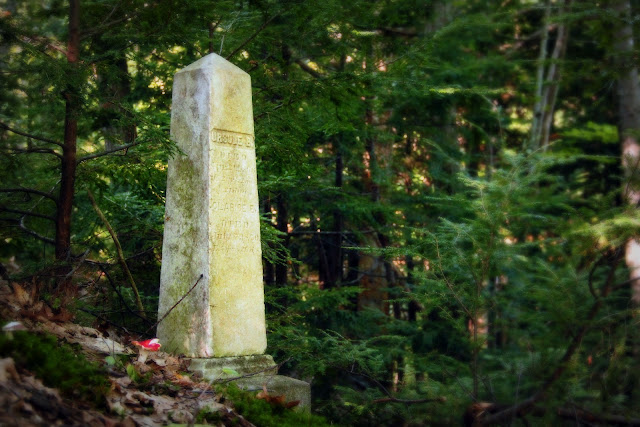The obelisk is one of the most classic shapes in the cemetery. But did you ever wonder what inspired it's design?
Say obelisk and no doubt the Washington Monument in our Nation's capital comes to your mind. It's one of the most famous obelisks in the world. But this shape is also found everywhere in 19'th century cemeteries. Shapes are important in cemetery art... design always has meaning.
 The answer can be found in Egypt.
The answer can be found in Egypt. The Egyptians were absolute masters in forming monuments and statues that would stand the test of time. Monuments dedicated to Pharaoh were commonly portrayed as sitting. All arms and legs were carved compactly situated to the bodies. Over the ages, there were no long outreaching arms to break off unlike many Greek statues. The compact Egyptian design held up beautifully over time. They truly mastered shapes that were meant to hold up.
A main deity in the Egyptian religious beliefs, was the sun god Ra. Life was seen to come from Ra but death was also connected. The dead were buried on the west side of the Nile where the sun was seen as dying each day. On the flip side, the living stayed strictly on the east side of the Nile... here the sun was daily reborn.
The obelisk shape is said to symbolize a ray of light, associated with Ra. Also known as a light pillar or solar pillar. It's four cornered base is solid and thicker than it's top, allowing it to withstand more than a simple pillar. A light pillar is a visual phenomenon created by the reflection of light from ice crystals with near horizontal parallel planar surfaces. The light can come from the Sun (usually at or low to the horizon) in which case the phenomenon is called a sun pillar. It can also come from the Moon or other sources such as streetlights.
Did you know that the obsession that fueled the obelisk movement in America had a name?
The term "Egyptomania" was coined in part due to ... Napoleon?
Yes, we have Napoleon to thank for introducing America to the "All-Things-Egyptian Craze". Napoleon's Egyptian Campaign from 1798-1801 introduced the world to Egypt and it's culture. In the early 1800's books were being published on Egypt and the fever began to spread rapidly. There wasn't a single piece of American culture that wasn't suddenly influenced by this new trend. This was seen especially in the cemetery.
After some time the obelisk also began to take on some variations. As we see in this photo to the side, they didn't always have a simple pyramid top. Some were topped with urns.
The urns are also of Egyptian origin - (the canopic jar)
Some had small angular roof peaks. We call these vaulted obelisks.
While others had crosses attached to the tops.
Even traditionally shaped stones, like this slate, added the obelisk image .

This truly massive obelisk towers at more than 30 feet high. A grand representation to a family's wealth and social status.
Some obelisks incorporated other traditional icons such as the classic willow or maybe a dove indicating a lost child. Multiple layers of meaning...
Hope you enjoyed this post and explanation.





No comments:
Post a Comment